Introduction
White sesame seeds (Sesamum indicum) have been a culinary and medicinal staple for millennia, prized for their nutty flavor, nutritional richness, and versatility in global cuisines. From garnishing sushi rolls to forming the base of tahini paste, these tiny seeds are ubiquitous in kitchens worldwide. Yet, despite their popularity, questions about their longevity often arise: How long do white sesame seeds last? What factors influence their shelf life? And how can consumers ensure they retain their quality over time? This article delves into the science behind sesame seed preservation, exploring storage methods, environmental impacts, and practical tips to maximize their freshness.
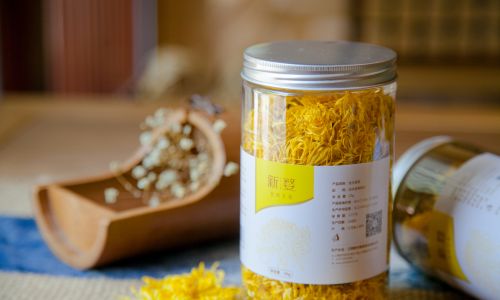
The Composition of White Sesame Seeds
To comprehend their shelf life, one must first understand the biochemical makeup of white sesame seeds. Comprising approximately 20% protein, 50% fat (primarily unsaturated fatty acids like oleic and linoleic acid), and 15% carbohydrates, sesame seeds are nutrient-dense but also prone to degradation. Their high oil content makes them susceptible to oxidation, a chemical process that leads to rancidity—a bitter, unpleasant taste and odor. Additionally, sesame seeds contain natural enzymes and moisture (around 5-7%), which, if uncontrolled, can accelerate spoilage.
Factors Influencing Shelf Life
The longevity of white sesame seeds hinges on a interplay of factors, including processing methods, packaging, storage conditions, and exposure to contaminants.
-
Processing and Roasting
Raw sesame seeds have a shorter shelf life compared to their roasted counterparts. Roasting at high temperatures (160-180°C) reduces moisture content, inactivates enzymes, and destroys microorganisms, thereby extending shelf life. However, over-roasting can compromise nutritional value and flavor. -
Packaging Materials
Oxygen and light are primary catalysts for oxidation. Airtight containers made of glass, metal, or high-quality plastic with UV protection can mitigate these effects. Vacuum-sealed or nitrogen-flushed packaging further delays rancidity by removing oxygen. -
Storage Environment
- Temperature: Cooler environments slow down chemical reactions. Ideal storage temperatures range between 4°C (39°F) for refrigeration and -18°C (0°F) for freezing.
- Humidity: Excess moisture promotes mold growth and enzymatic activity. Relative humidity should stay below 60%.
- Light Exposure: UV rays degrade oils and pigments. Opaque or dark-colored containers are preferable.
-
Contamination Risks
Cross-contamination with pests, bacteria, or foreign particles can shorten shelf life. Proper sanitation during handling and storage is critical.
Shelf Life Estimates Under Optimal Conditions
When stored correctly, white sesame seeds can maintain their quality for:
- Unopened, vacuum-sealed packages: 2–3 years at room temperature, 3–4 years refrigerated, and up to 5 years frozen.
- Opened packages: 6–12 months at room temperature, 1–2 years refrigerated, and 2–3 years frozen.
These estimates assume consistent adherence to ideal conditions. Variations in processing, packaging, and storage practices can yield shorter or longer durations.
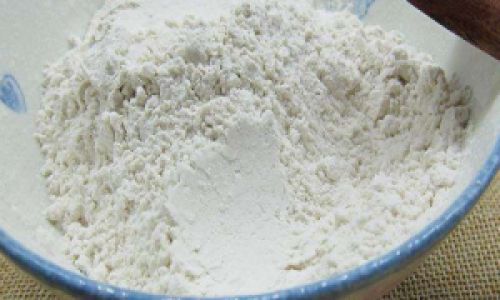
Signs of Spoilage
Identifying expired sesame seeds requires vigilance. Key indicators include:
- Rancidity: A sharp, bitter taste and musty aroma caused by lipid oxidation.
- Discoloration: Fading from white to yellow or brown.
- Clumping: Moisture absorption leading to seed aggregation.
- Mold Growth: Fuzzy patches in humid environments.
Extending Shelf Life: Practical Tips
-
Purchase Wisely
Buy seeds in small quantities unless freezing. Opt for reputable brands with clear expiration dates and vacuum-sealed packaging. -
Pre-Storage Preparation
- Roasting: Lightly toast raw seeds at home to extend their life by 3–6 months.
- Freezing: Divide seeds into airtight freezer bags to prevent repeated thawing.
-
Optimal Storage Practices
- Pantry: Keep in a cool, dark cabinet away from heat sources.
- Refrigerator: Use airtight containers to prevent moisture absorption.
- Freezer: Label with date; seeds remain safe indefinitely but may lose flavor quality over 5 years.
-
Usage Hygiene
Use clean, dry utensils to avoid introducing contaminants. Avoid storing near strong-smelling foods, as sesame seeds absorb odors.
Comparative Analysis: White vs. Black Sesame Seeds
While white and black sesame seeds share similar shelf lives, differences in processing affect longevity. Black sesame seeds often retain their hulls, which contain antioxidants (e.g., sesamol) that delay rancidity. However, hulls also trap moisture, necessitating stricter storage controls. White sesame seeds, typically dehulled, have less moisture but fewer natural preservatives, making packaging and temperature control paramount.
The Role of Additives and Preservatives
Commercially processed sesame seeds may contain antioxidants like vitamin E or preservatives such as calcium propionate to inhibit spoilage. Organic or “natural” products often omit these additives, relying instead on rigorous storage protocols. Consumers should weigh the trade-offs between additive use and shelf life based on their preferences.
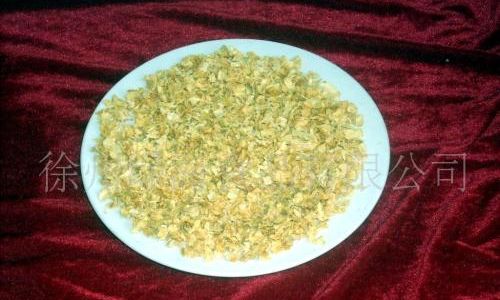
Culinary Applications and Shelf Life Interaction
The intended use of sesame seeds influences storage decisions. For example:
- Whole Seeds: Best stored frozen for longevity.
- Ground Seeds (Tahini): Grinding increases surface area, accelerating oxidation. Refrigerate tahini and use within 6–12 months.
- Toasted Seeds: Consume within 3–6 months for optimal flavor.
Global Perspectives on Sesame Seed Preservation
Traditional practices offer insights into modern storage. In Middle Eastern households, sesame seeds are often stored in ceramic jars buried underground to maintain cool temperatures. Japanese traditions involve sun-drying seeds before storage. These methods align with contemporary recommendations for low humidity and darkness.
Scientific Studies on Sesame Seed Degradation
Research underscores the impact of storage conditions. A 2020 study in the Journal of Food Science found that sesame seeds stored at 25°C (77°F) with 65% humidity showed 50% lipid oxidation within 6 months, while those stored at 4°C (39°F) with 40% humidity remained stable for 18 months. Freezing halted degradation entirely for up to 3 years.
Environmental and Economic Considerations
Extending shelf life reduces food waste, a critical global issue. Properly stored sesame seeds retain their nutritional value, including magnesium, calcium, and fiber, longer than improperly stored ones. This not only benefits consumers but also reduces the environmental footprint of frequent replacements.
Conclusion: Maximizing the Lifespan of White Sesame Seeds
White sesame seeds, when processed, packaged, and stored correctly, can remain viable for several years. The key lies in controlling temperature, humidity, light, and oxygen exposure. By understanding the seeds’ biochemical vulnerabilities and implementing proactive measures—such as refrigeration, freezing, and airtight containment—consumers and industries alike can harness the full potential of this ancient ingredient. Whether sprinkled atop a bagel or blended into a creamy tahini sauce, white sesame seeds deserve care to ensure their flavor and nutrition endure.
Final Thoughts
The question of “how long do white sesame seeds last?” lacks a one-size-fits-all answer. Instead, it invites a nuanced exploration of science, tradition, and practicality. By treating these seeds as the delicate yet durable treasures they are, we preserve not just their shelf life, but also their legacy in human diets.

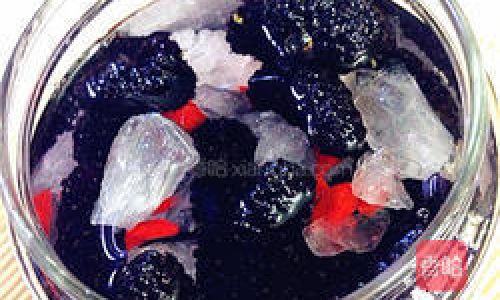
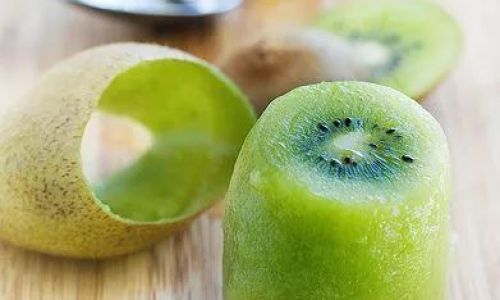

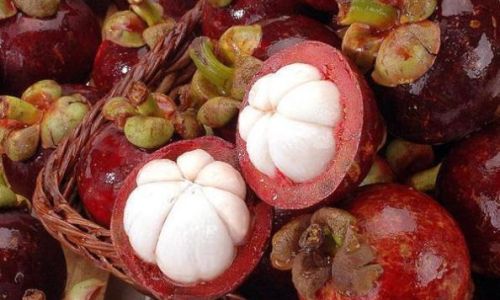
0 comments